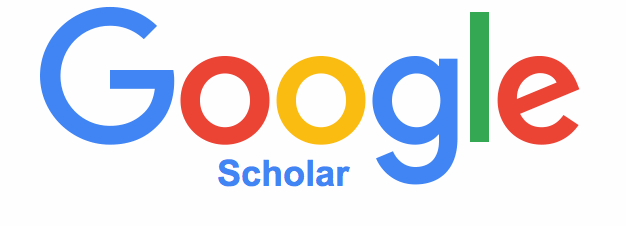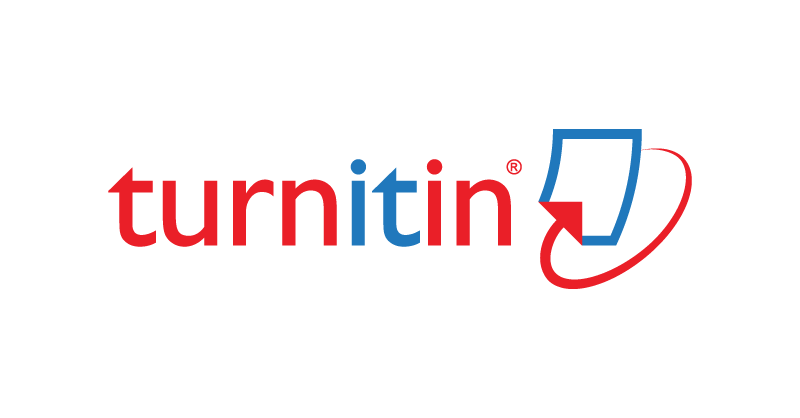Analysis of Production Line Balance with Helgeson Birnie Approach on Plastic Chopping Machine
DOI:
https://doi.org/10.32734/jsti.v25i1.9288Keywords:
Line Balancing, Plastic Chopping Machine, Bottleneck, Helgeson-BirnieAbstract
The purpose of track balance is to find out the constraints that cause the work station to be unbalanced. Research on plastic chopping tool products, where the production of plastic chopping tools takes too long in the process of making one product. line balancing is the process of balancing the production line, especially in the assembly production process. The balance of this path is intended to reduce excessive workload on one work station and strive so that each work station on each path has the same load. It is intended that each work station has a more efficient work cycle time and can avoid operator errors in assembly. to minimize the number of stations for a given cycle time. The problem of unbalanced production lines and differences in large station times causes an imbalance in the production floor. Balancing the lines on the production floor will affect the achievement of predetermined production targets. The Helgeson-Birnie method is one of the track balance methods that can solve problems in track balance. In the Ranked Position Weight results there are 6 work stations, the efficiency value is 90.02%, the balance delay is 9.97% and the Smoothing Index is 628,204
Downloads
References
R. Ginting, Sistem Produksi, Second Edition. Medan: Graha Ilmu, 2012.
H. Purnomo, Pengantar Teknik Industri, Second Edition. Yogyakarta: Graha Ilmu, 2004.
Mikell P. Groover, “Automation Production Systems, and Computer- Integrated Manufacturing,†United States of America, 2015. Accessed: Jan. 25, 2023. [Online]. Available: www.pearsonhighered.com
N. A. Bakar, M. F. Ramli, M. Z. Zakaria, T. C. Sin, and H. Masran, “Solving assembly line balancing problem using heuristic: A case study of power transformer in electrical industry,†Indonesian Journal of Electrical Engineering and Computer Science, vol. 17, no. 2, pp. 850–857, 2019, doi: 10.11591/ijeecs.v17.i2.pp850-857.
O. Bongomin, J. I. Mwasiagi, E. O. Nganyi, and I. Nibikora, “Improvement of garment assembly line efficiency using line balancing technique,†Engineering Reports, vol. 2, no. 4, Apr. 2020, doi: 10.1002/eng2.12157.
T. Rachman, “Penentuan Keseimbangan Lintasan Optimal Dengan Menggunakan Metode Heuristik,†2015.
E. Meila Sari and dan M. Muchtar Darmawan, “Measurement of Standard Time and Analysis of Workloads in The Filling Process and Packing of Shower Scrub Products at PT. Gloria Origita Cosmetics,†Jurnal ASIIMETRIK, vol. 2, no. 1, pp. 51–61, 2020. [Online]. Available: http://journal.univpancasila.ac.id/index.php/asiimetrik/
Ch. D. Kusmindari, A. Alfian, and S. Hardini, “Production Planning and Inventory Control,†Palembang, 2019.
E. G. Kalaycilar, M. Azizoʇlu, and S. Yeralan, “A disassembly line balancing problem with a fixed number of workstations,†in European Journal of Operational Research, Mar. 2018, vol. 249, no. 2, pp. 1–35. doi: 10.1016/j.ejor.2015.09.004.
A. Corominas, A. GarcÃa-Villoria, and R. Pastor, “Improving the resolution of the simple assembly line balancing problem type E,†Statistics & Operations Research Transactions SORT, vol. 40, no. 2, 2016, [Online]. Available: www.idescat.cat/sort/
E. G. Kalaycilar, M. Azizoʇlu, and S. Yeralan, “A disassembly line balancing problem with fixed number of workstations,†in European Journal of Operational Research, Mar. 2015, vol. 249, no. 2, pp. 1–13. doi: 10.1016/j.ejor.2015.09.004.
Downloads
Published
How to Cite
Issue
Section
License
Copyright (c) 2023 Jurnal Sistem Teknik Industri

This work is licensed under a Creative Commons Attribution-ShareAlike 4.0 International License.
The Authors submitting a manuscript do so on the understanding that if accepted for publication, the copyright of the article shall be assigned to TALENTA Publisher Universitas Sumatera Utara as the publisher of the journal.
Copyright encompasses the rights to reproduce and deliver the article in all forms and media. The reproduction of any part of this journal, its storage in databases, and its transmission by any form or medium will be allowed.



















